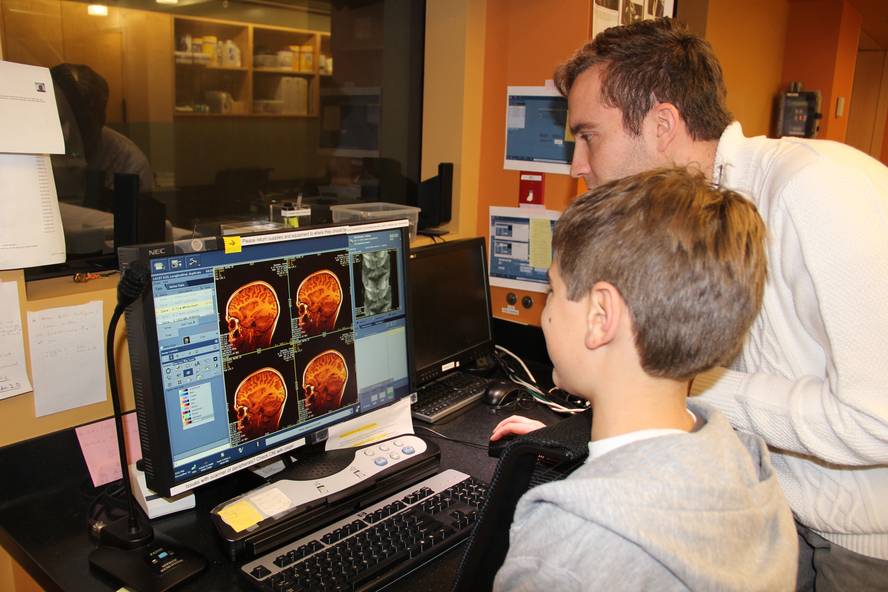An area of the brain continues to grow in adulthood

A new research published in the journal Science reveals that the part of the brain that allows us to know human faces continues to grow in adulthood. The results are surprising for researchers, since after the synaptic pruning that occurs in adolescence, the brain was not expected to continue to grow.
The theory that a newborn baby's brain already has the same number of neurons it will have in adulthood (about 90,000 million neurons). According to this, as the child grows, his brain also grows, but not because it generates more neurons, but because it increases the size of neurons and their myelinic coverage. When reaching adolescence a certain selection occurs: the synapses between unused and weak neurons are lost and the most used are strengthened. For this reason, adolescence was taken as a limit for the growth of the brain. Now, however, they have seen that it continues to grow in an area and that is also the result of a greater generation of neurons.
To better understand brain activity, 22 children and 25 adults have performed magnetic resonances to compare their brain tissues. Two areas of the brain have been analyzed: one involved in the knowledge of faces and another involved in the knowledge of places. The area of the brain that helps us to know the places is the same in children and adults, as expected, but the one that helps us to know the faces is greater in adults. The study of the brains of dead adults has also confirmed the results. The ability to facial recognition is fundamental for social interactions, and the results tell us that in adulthood we have more capacity.
The research raises new questions: How does the skin of the childhood brain change to adulthood in that way to improve the processing of the brain? The authors of the study stressed the need for a new model that goes beyond the synaptic pruning of adolescence, and that takes into account this growth of the tissues of the brain skin, such as the increase of dendritic structures and cellular bodies.





